Greenland is Turning Green Again for the First Time Since the Dark Ages
Greenland, a majestic but remote island in the North Atlantic, is best known for being covered in ice and, therefore, white, as opposed to green as its name indicates.
Research now shows that Greenland is turning green, just as it probably did in the dark ages. But scientists are worried that a green Greenland might be very bad news for the planet as a whole.
The Vikings Reported that Greenland Once Had Far More Vegetation
Modern day historians know very little of the Vikings and their lives as there are very few written texts from the mysterious culture.
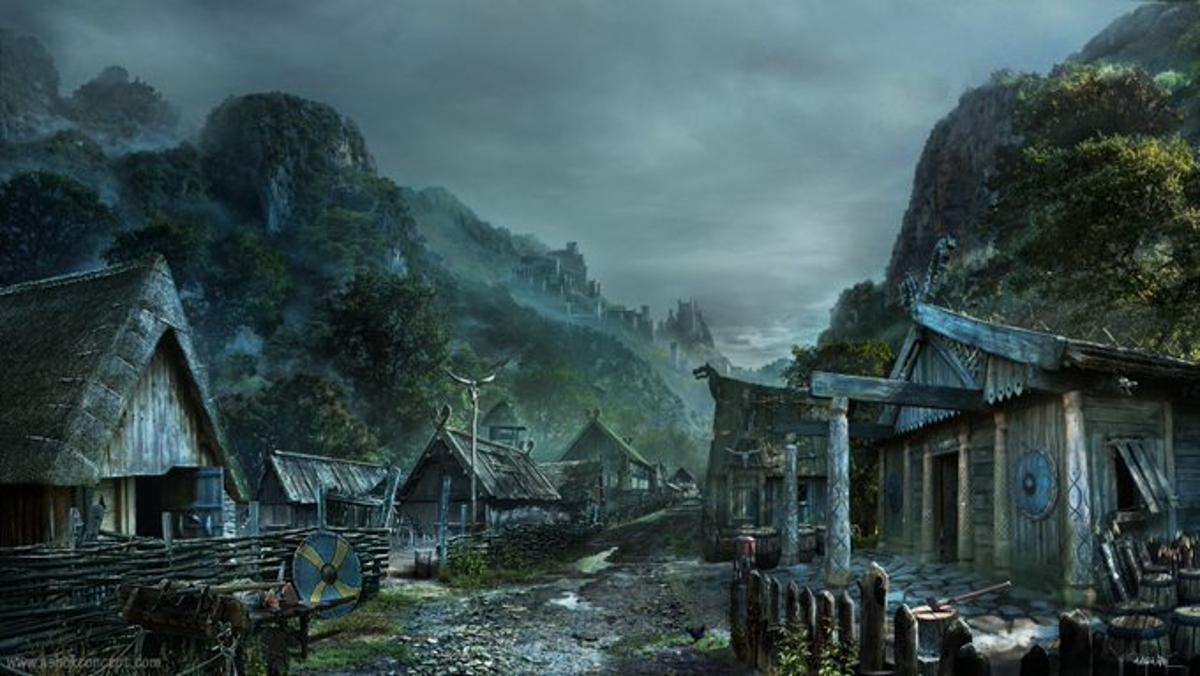
Source: @theyorkvikings/X
But thankfully, there are a few Viking records from around 900 to 1300 CE that explain what their lives were like. And one thing they noted was that there was substantial vegetation on the island, though there was certainly also plenty of ice.
Scientists Have Also Found Evidence of Vegetation Far Below the Ice’s Surface
In addition to the few texts available from the Vikings, scientists have also been able to prove that there is vegetation far below the icy surface of Greenland.
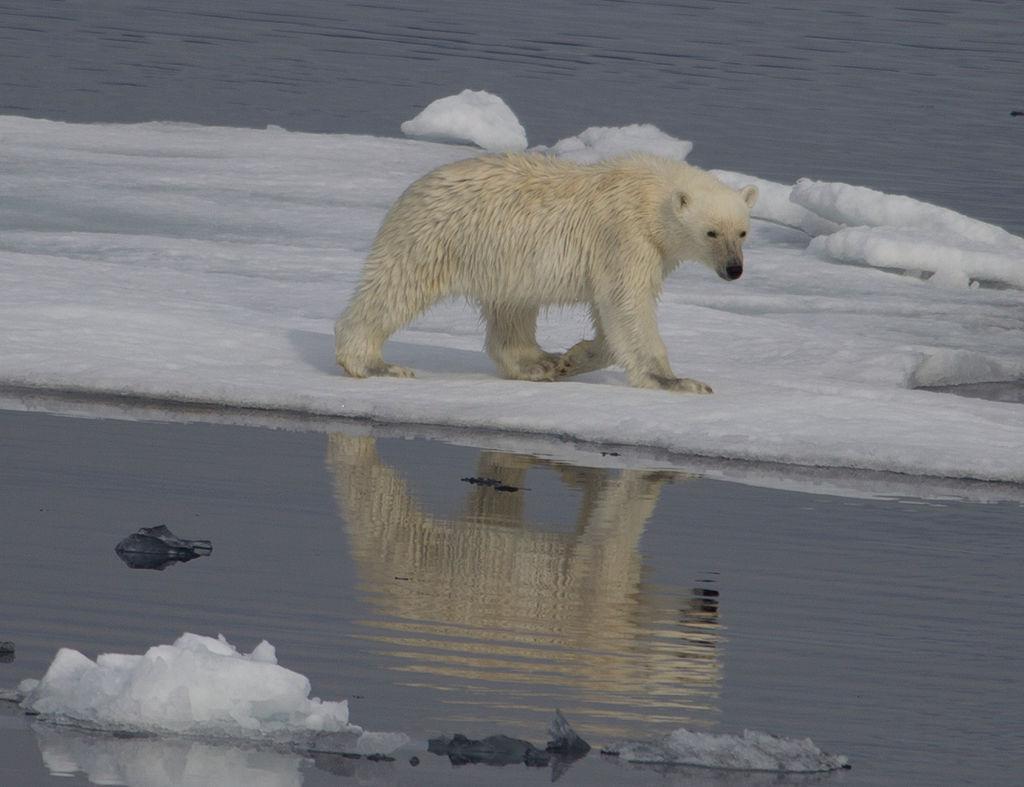
Source: Getty Images
In 2017, scientists found soil, rock, and even leaves and moss more than 12 feet below the ice in northern Greenland. But while they know it’s there and has been ice-free before, the current rate at which the ice is melting is what’s scaring the experts.
How Much of Greenland Is Covered in Ice?
The entirety of Greenland is 836,300 square miles, which is fourteen times smaller than the continent of Africa.
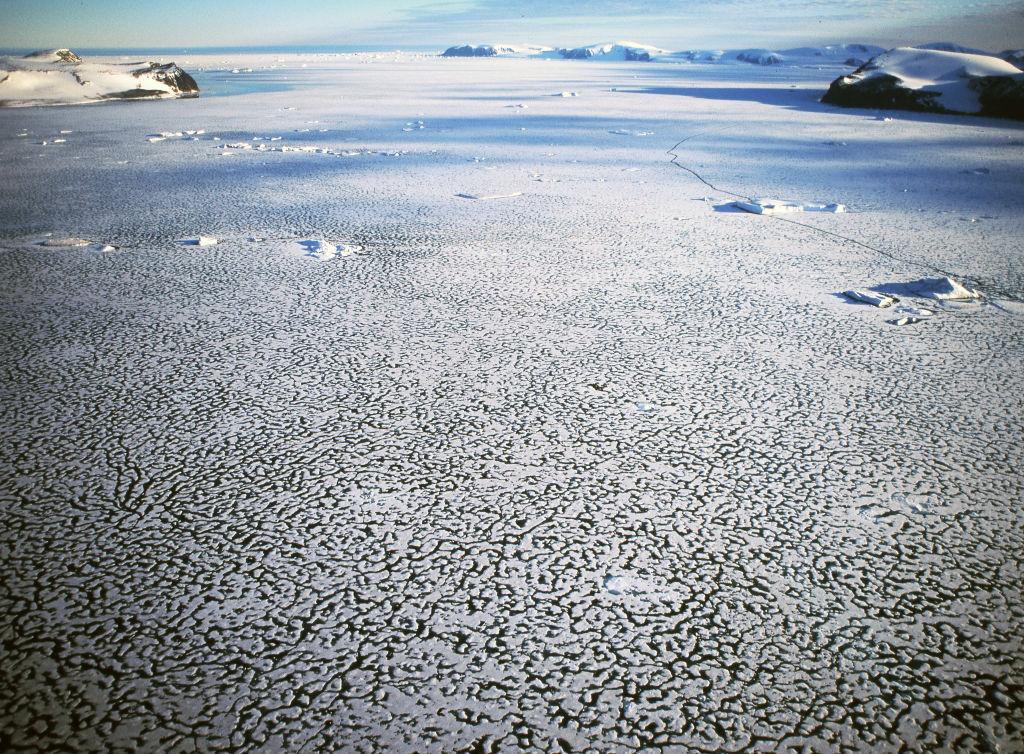
Source: Vittoriano Rastelli/Getty Images
Greenland’s ice sheet covers the majority of the large island. In fact, it makes up 80% of the land. That’s 656,000 square miles, or more than twice the size of Texas.
Greenland’s Ice Coverage Comes and Goes Over the Years
According to researchers, Greenland has been covered, at least in part, by glaciers and ice caps for at least 18 million years. Thanks to detailed research, they know that much of the ice on Greenland has come and gone over the years, and every summer at least a small portion of the glaciers melt, only to refreeze in the winter.
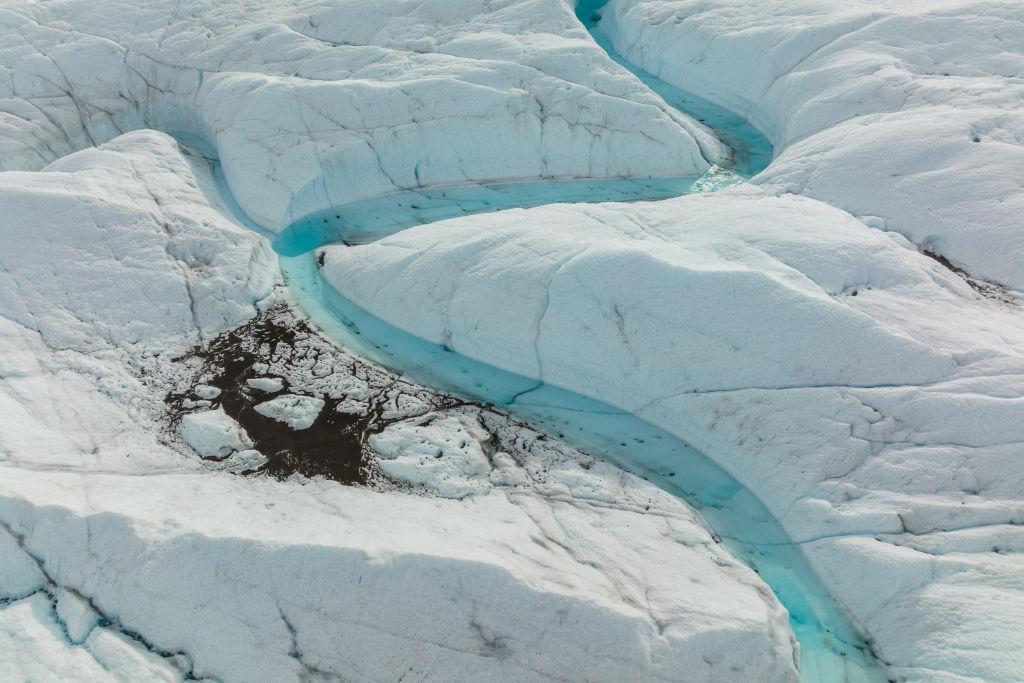
Source: Lukasz Larsson Warzecha/Getty Images
However, many scientists are concerned with the current rate at which the ice on Greenland is melting. As of February 2024, the island is losing ice at the quickest rate in at least the past 12,000 years.
How Quickly Is Greenland’s Ice Sheet Melting?
According to the most recent data from the frozen island, Greenland is losing about 74.5 square miles of ice every year.
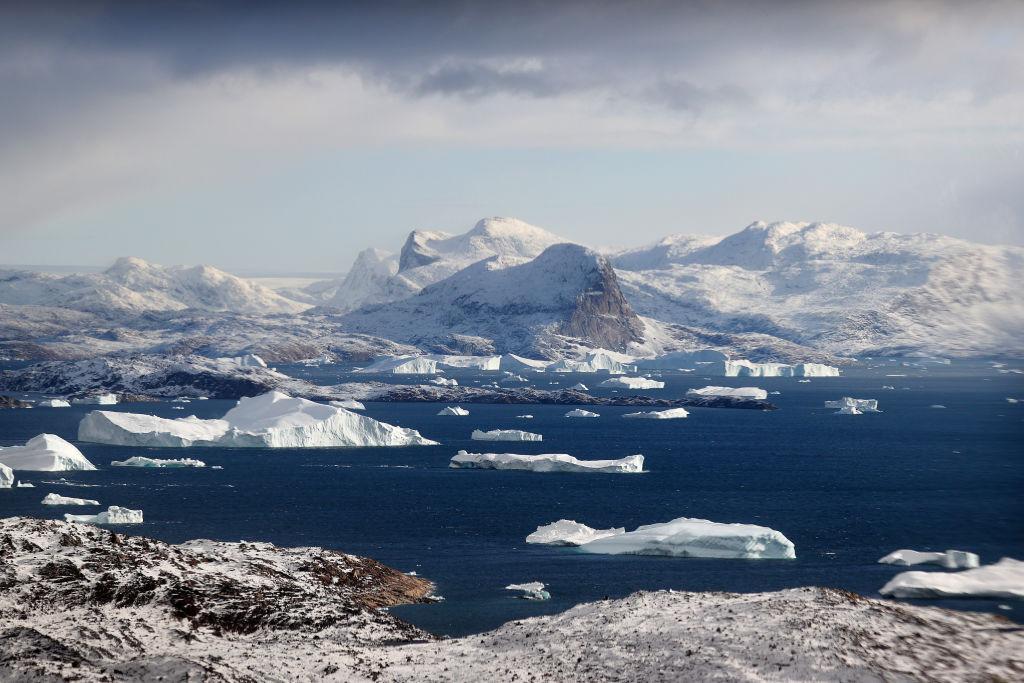
Source: Mario Tama/Getty Images
Since 1985, it has lost a whopping 1,965 square miles. And while that’s only 0.23% of the entire sheet, that’s still a far bigger loss than Greenland experienced in the past several thousands years.
Greenland’s Ever-Changing Ice Sheet Has Always Affected Planet Earth
It’s important to understand that while Greenland’s glaciers and icebergs have always melted and refrozen, that reality has also always affected the planet, just as it is now.

Source: Michele Eve Sandberg/Corbis/Getty Images
Excessive periods of warm temperatures and mass-melting means rising sea levels and change in the ocean’s current and temperatures. So, while the Vikings may not have recorded or even noticed these changes, the modern world certainly will. Especially the rising sea levels.
Why Are Rising Sea Levels So Dangerous?
As the world population grew and human beings moved to every corner of the Earth, they built homes, towns, and even giant metropolitan cities right along the ocean’s edge. So today, a rising sea level is much more dangerous than it was a thousand years ago.
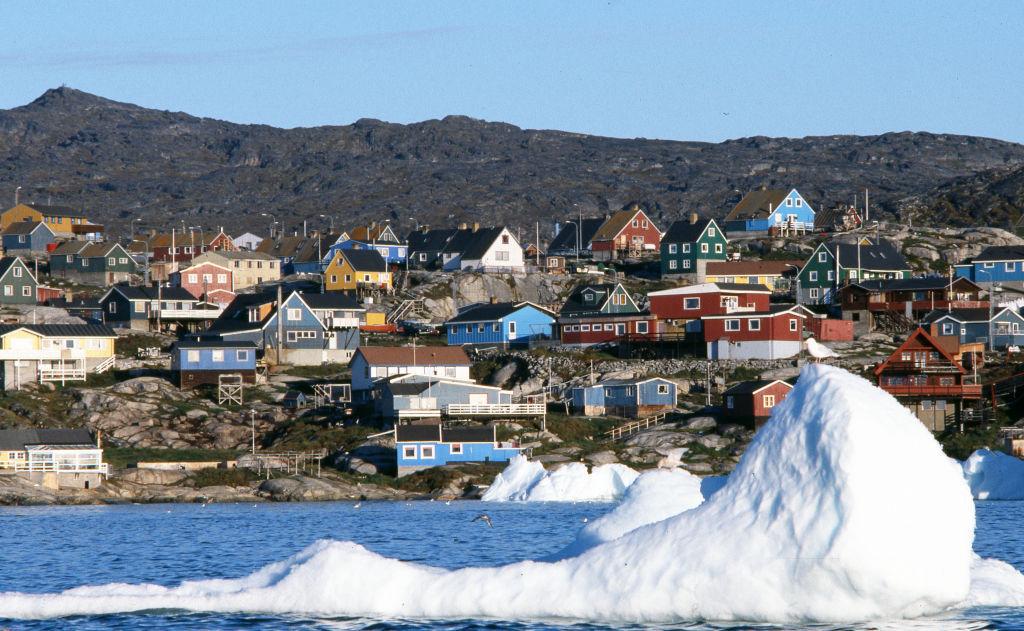
Source: Vittoriano Rastelli/Getty Images
Reports indicate that the melting of Greenland’s ice sheet will undoubtedly have a significant impact on the ever-rising sea levels all over the planet. According to a paper released by Science Advances, the entire ice sheet “holds 7.2m [23.6 feet] of sea level equivalent.”
If Greenland Keeps Melting, Many Cities Will Be Completely Ruined
The same study also notes that: “Greenland could contribute 5 to 33 cm [1.9 12.99 inches] to sea level by 2100, with discharge from outlet glaciers contributing 8 to 45% of total mass loss.” And that’s not including all the ice melting in the Arctic and subarctic regions.
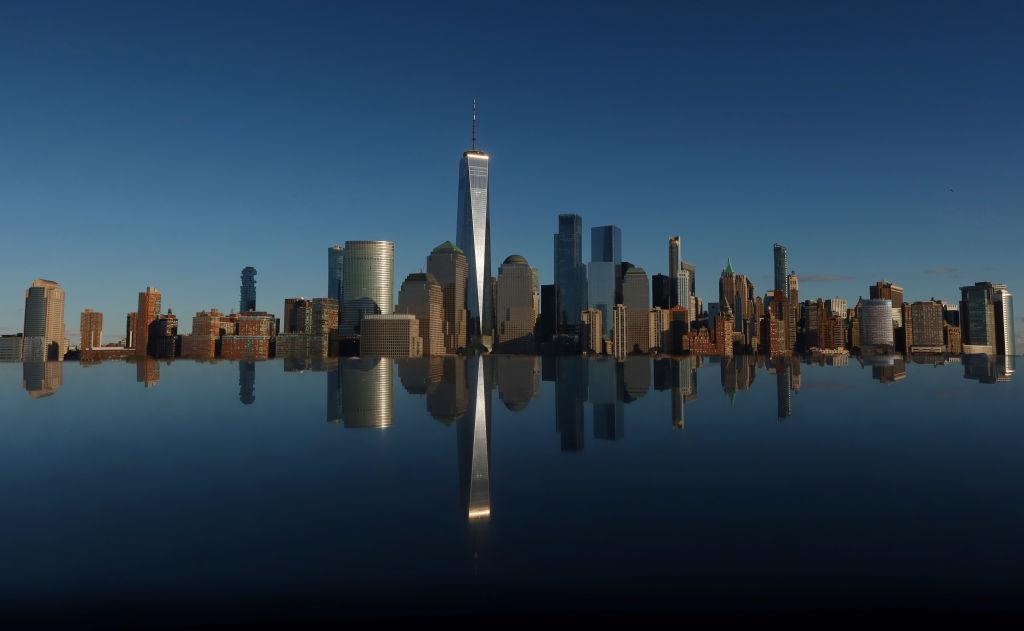
Source: Gary Hershorn/Getty Images
Experts have already reported that if Greenland and the rest of the world’s ice continues to melt as it has over the past decade, cities like New York, Ho Chi Minh, Seattle, and many more could be all but gone.
Are There Any Positives to the Greening of Greenland?
There are certainly some people who argue that the planet has always and will always go through phases, and that there is no need to worry when nature runs its course.
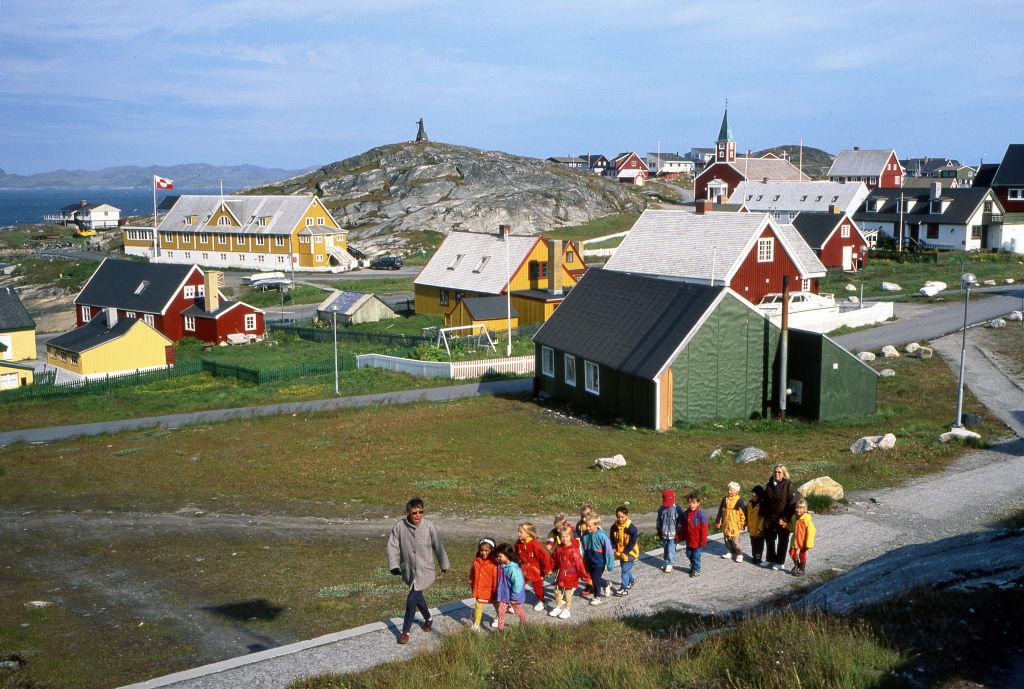
Source: Vittoriano Rastelli/Getty Images
However, as the vast majority of today’s scientists agree, the current rate at which Greenland’s ice sheet is melting is problematic for the human race. And except for a few warmer days for its small population, there is nothing positive about this reality.
Can Anything Slow Greenland’s Melting Ice?
Realistically, if Greenland’s ice sheet continues to melt as it is doing now, the sea levels of planet Earth will be vastly higher in less than 50 years, and apocalyptic in 1,000 years.
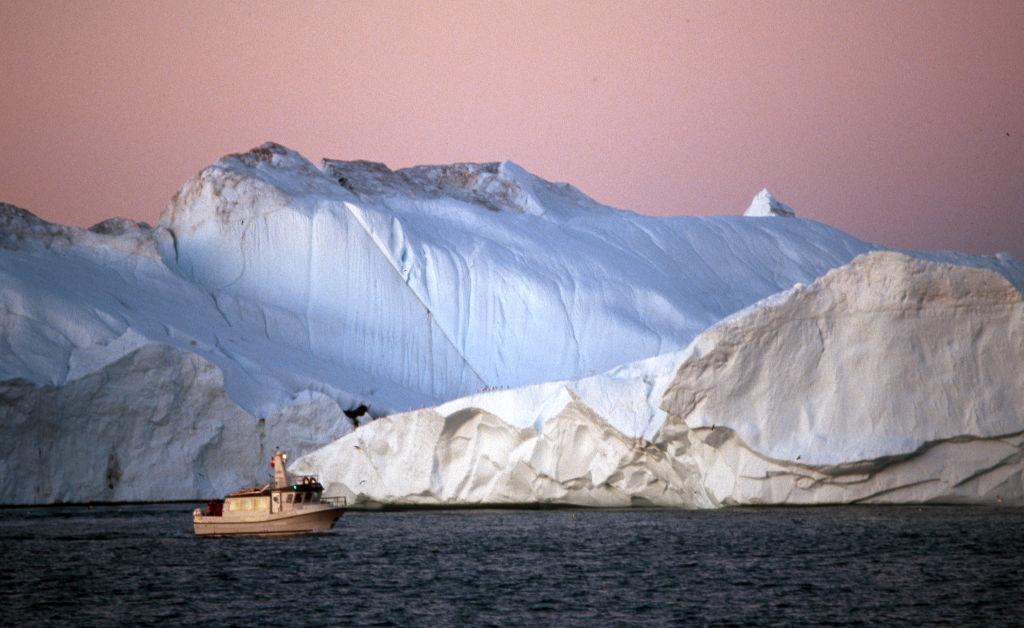
Source: Vittoriano Rastelli/Getty Images
Some argue there is nothing to be done about this natural phase in weather. However, most people know by now that humans need to make a real change to their practices, and soon, if they want their great-great-grandchildren to live here.
Greenland Is Just One Example of Climate Change
Sometimes, it can be challenging for people to understand the complicated science behind climate change. But watching Greenland’s ice sheet melt more every year makes it a little easier to digest.
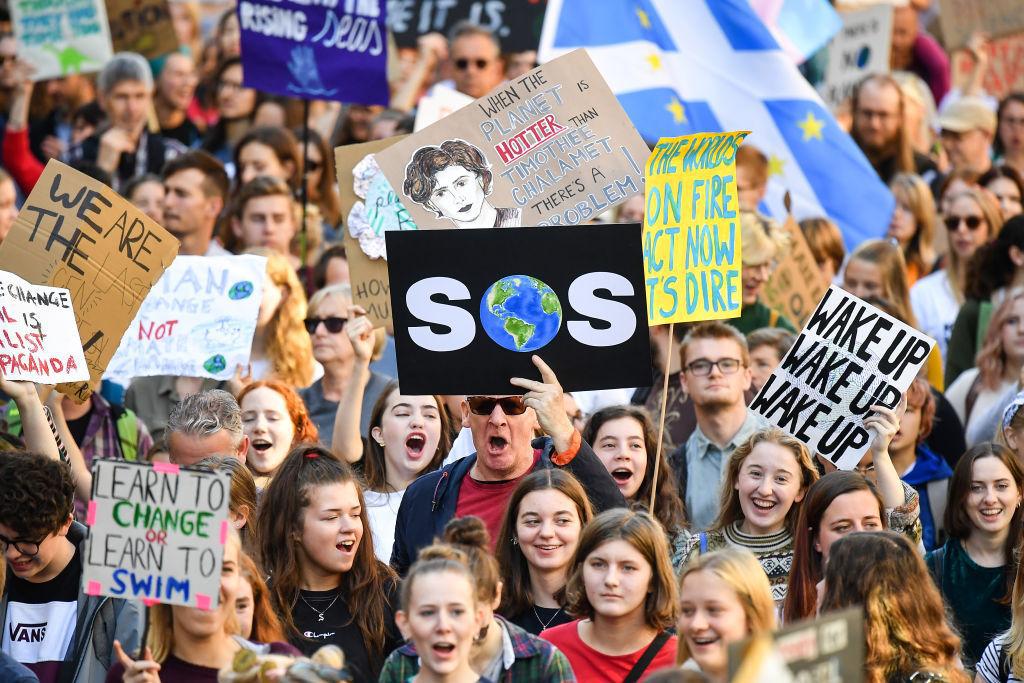
Source: Jeff J Mitchell/Getty Images
So, for those still confused, Greenland’s ice sheet (which is more than twice the size of Texas) is melting more rapidly than it has in over ten thousand years due to the ever warming climate. And if it continues to do so, the sea level will rise to a dangerous height in the not-so-distant future.
Substantial Freshwater from Greenland's Ice Sheet Might Create an Incredibly Hot European Summer
The past four decades have witnessed the ten hottest and driest summers in Europe, all coinciding with substantial freshwater releases from Greenland’s ice sheet.

Jerzy Strzelecki/Wikimedia Commons
This pattern suggests a potential for an exceptionally hot summer in southern Europe this year.
Greenland's Melting Ice Sheet Led to Widespread Wildfires
The correlation arises from the release of additional meltwater, triggering amplifying feedback mechanisms that impact the strength and positioning of the atmospheric jet stream over Europe, as explained by Marilena Oltmanns from the National Oceanography Centre in the UK.
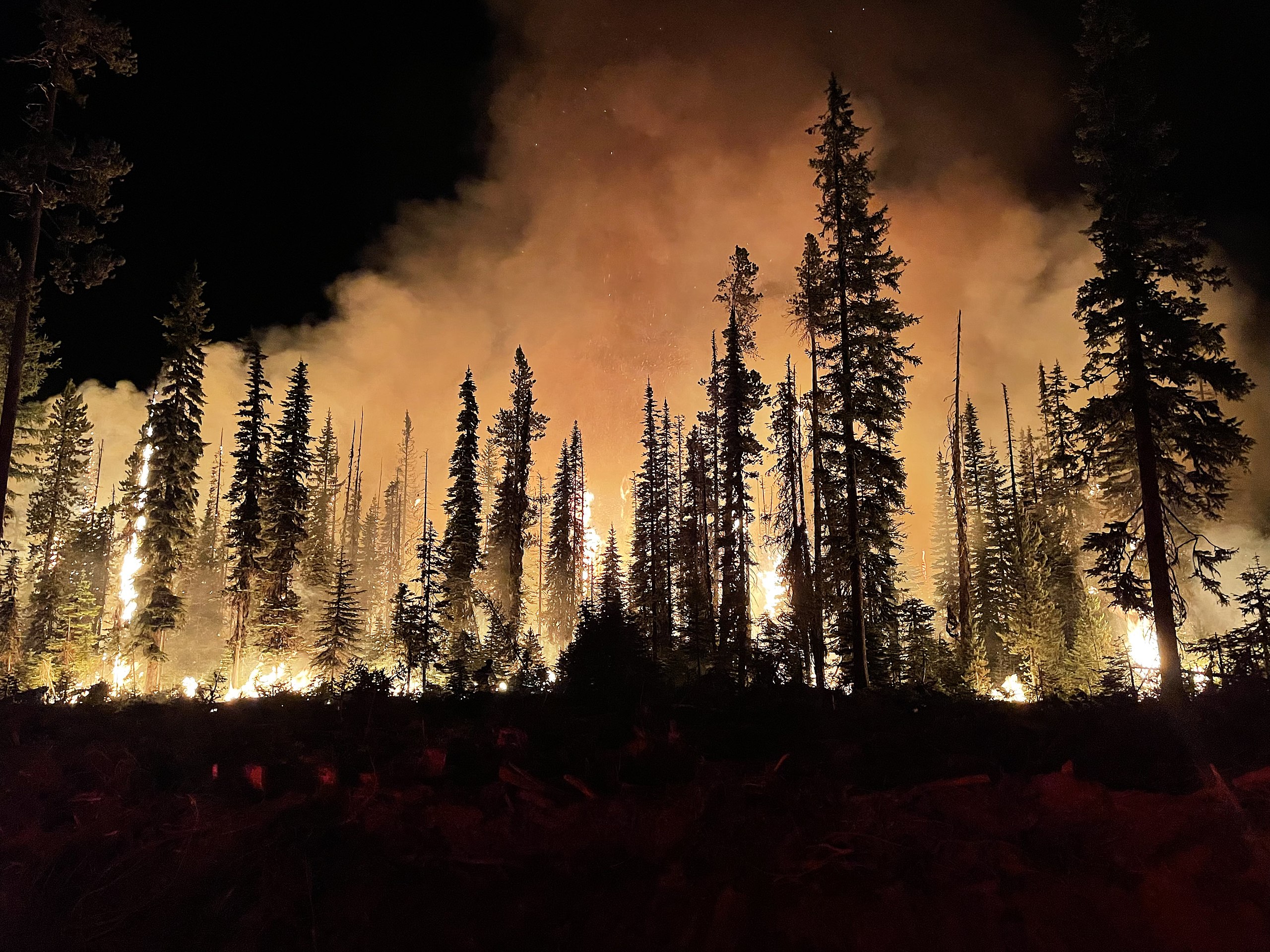
Brendan O'Reilly/Wikimedia Commons
Notably, recent examples include 2018 and 2022, with the latter experiencing extreme heat and widespread wildfires, including parts of the UK reaching 40°C (104°F) for the first time.
Europe Will Become Drier and Hotter in Coming Decades
Oltmanns emphasizes that these feedback effects will contribute to Europe becoming hotter and drier in the coming decades, amplifying the impact of the melting Greenland ice sheet alongside the ongoing warming trend resulting from fossil fuel emissions.
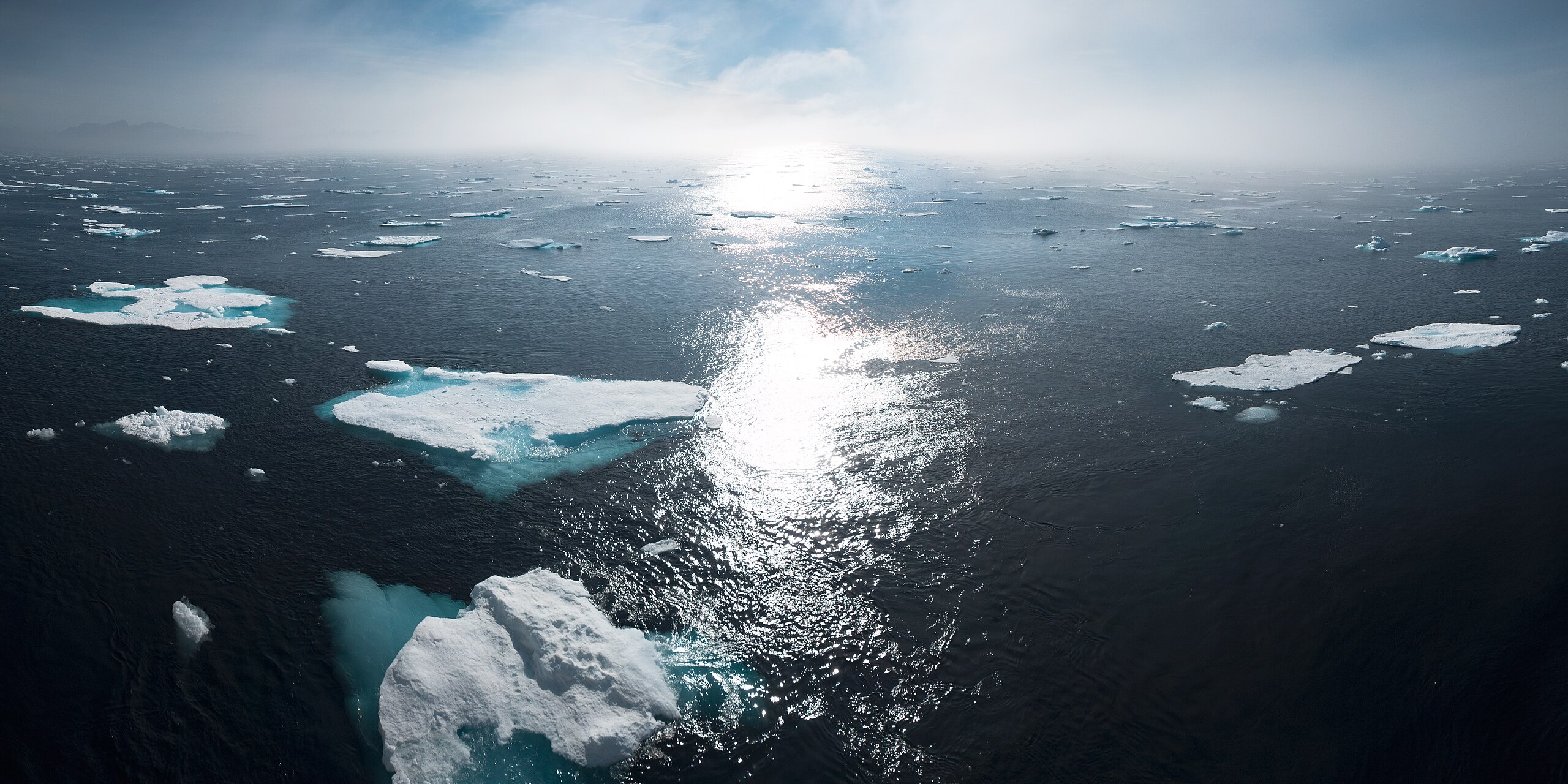
William Bossen/Wikimedia Commons
This additional warming layer compounds the effects of increased greenhouse gases.
The Role of the Northern Polar Jet Stream in Global Warming
While global warming is expected to bring hotter heatwaves and drier droughts, recent extremes in some regions, such as Europe, have surpassed projections from climate models.
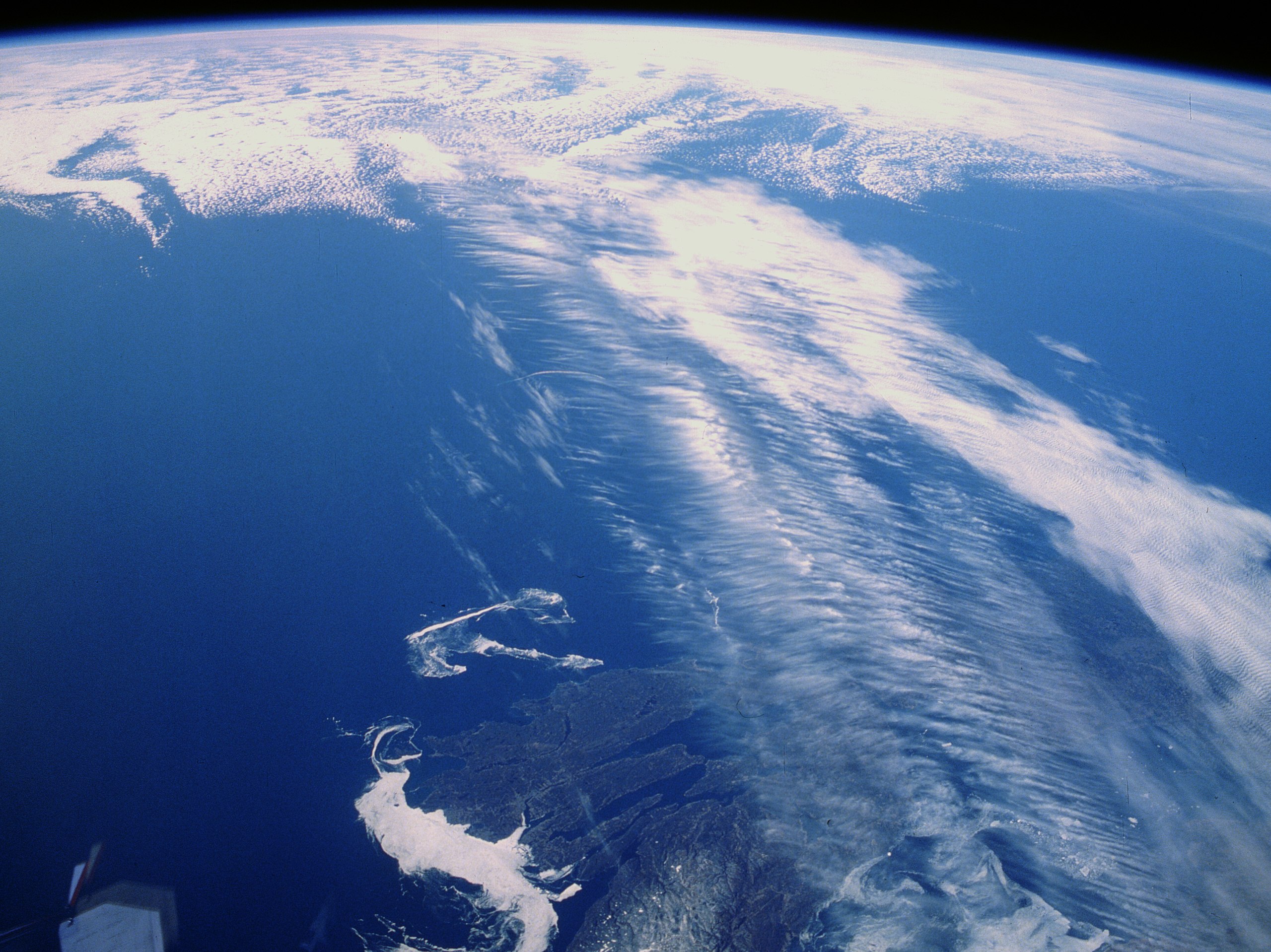
NASA/Wikimedia Commons
Numerous studies link these extremes to shifts in the strength and position of the northern polar jet stream, a crucial factor influencing regional weather patterns.
Four Decades of Weather Data Shows Extreme Weather Stems from Greenland's Melting Ice
The reasons behind these alterations have not been definitively identified, according to Oltmanns.
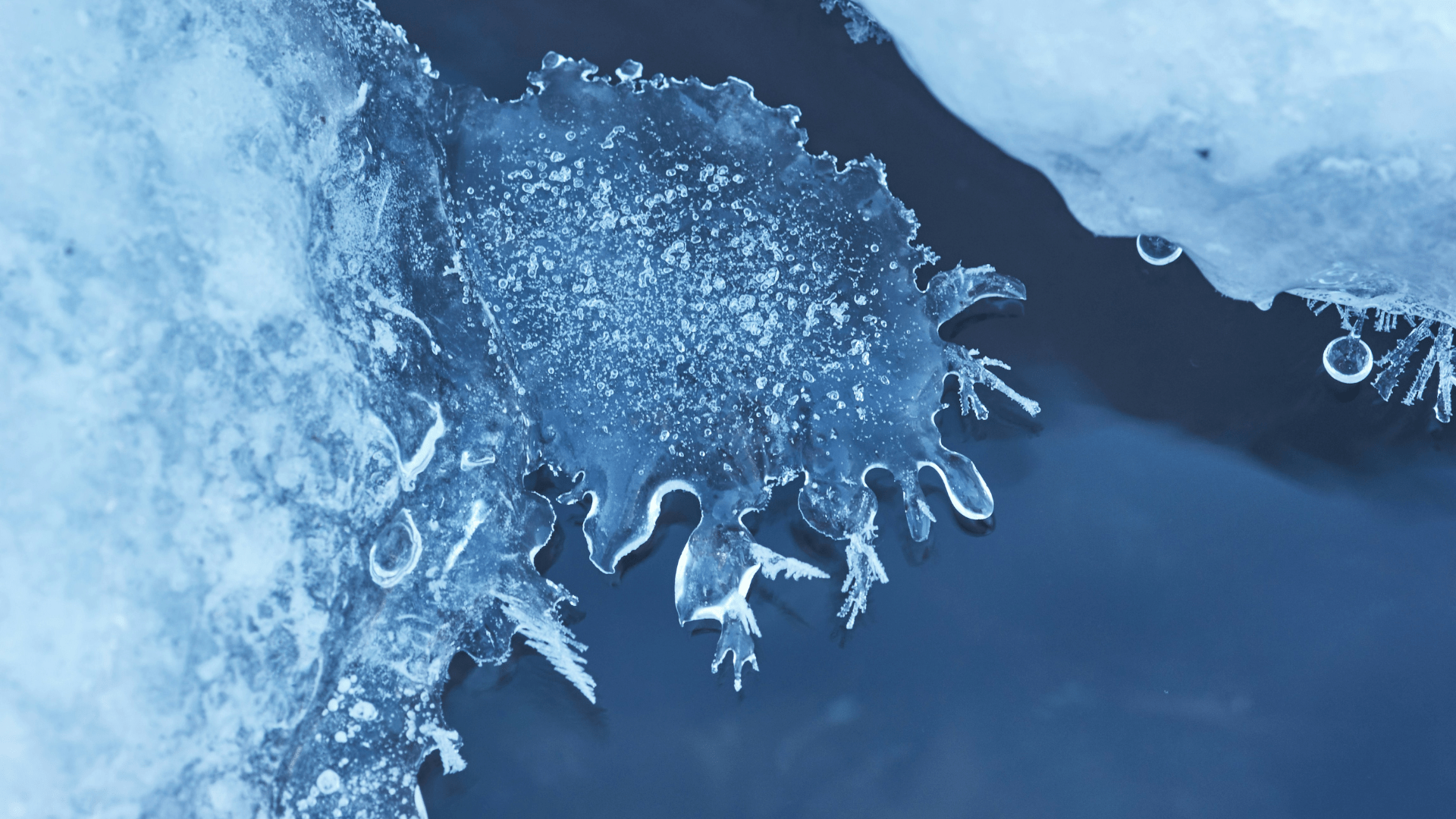
Wolfgang Hasselmann/Unsplash
However, she and her team have conducted a thorough analysis of weather data spanning the past four decades, asserting that the observed weather extremes stem from periods of heightened melting of the Greenland ice sheet. Oltmanns emphasizes the robust statistical links derived from these observations.
Increased Meltwater from Greenland Creates Unusually Cold Surface Waters in the Atlantic
The increased meltwater results in the dissemination of a shallow layer of freshwater southward in the North Atlantic.
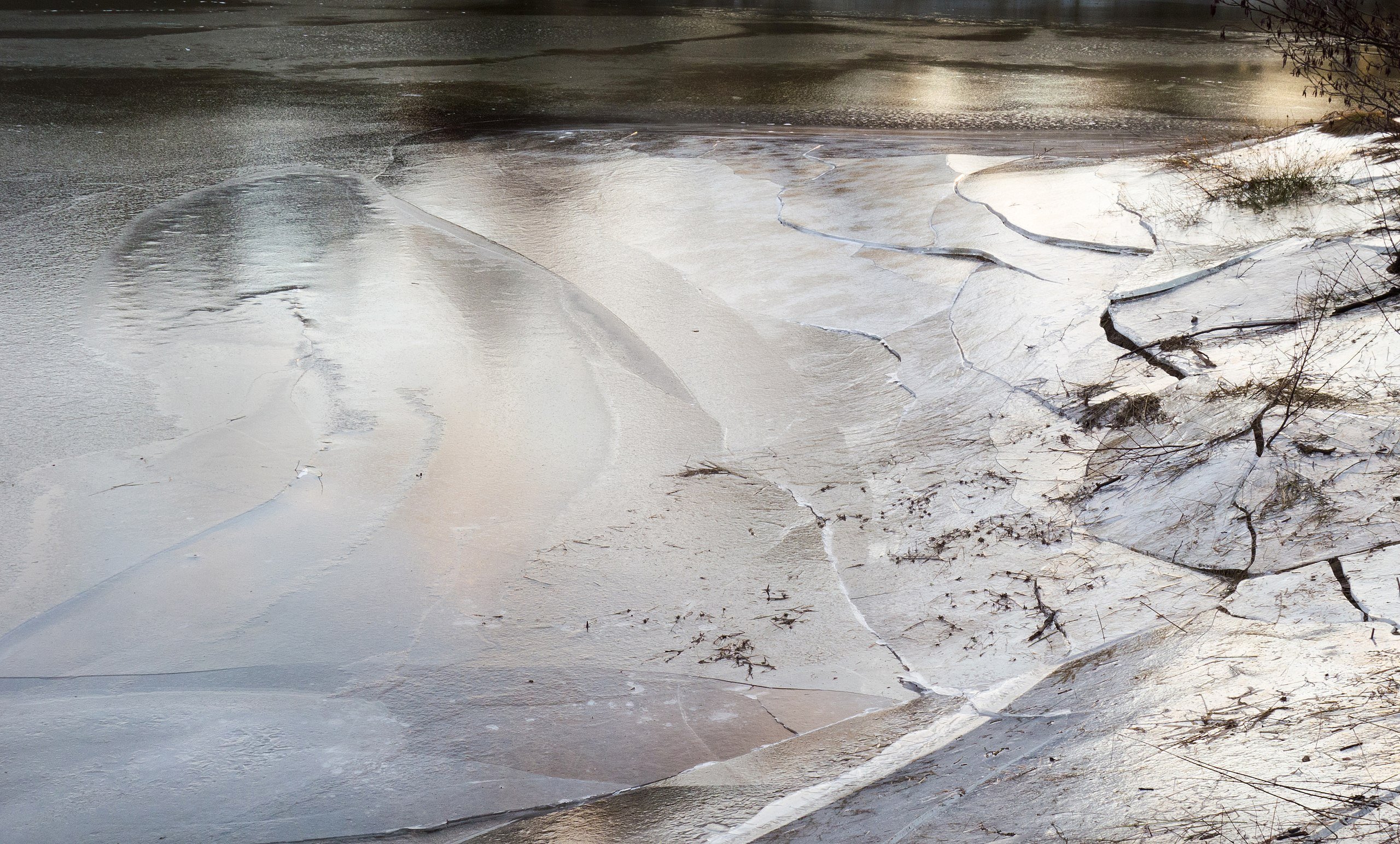
W.carter/Wikimedia Commons
This freshwater layer exhibits reduced mixing with the warmer, saltier water beneath it, leading to colder-than-usual sea surface temperatures during winter.
